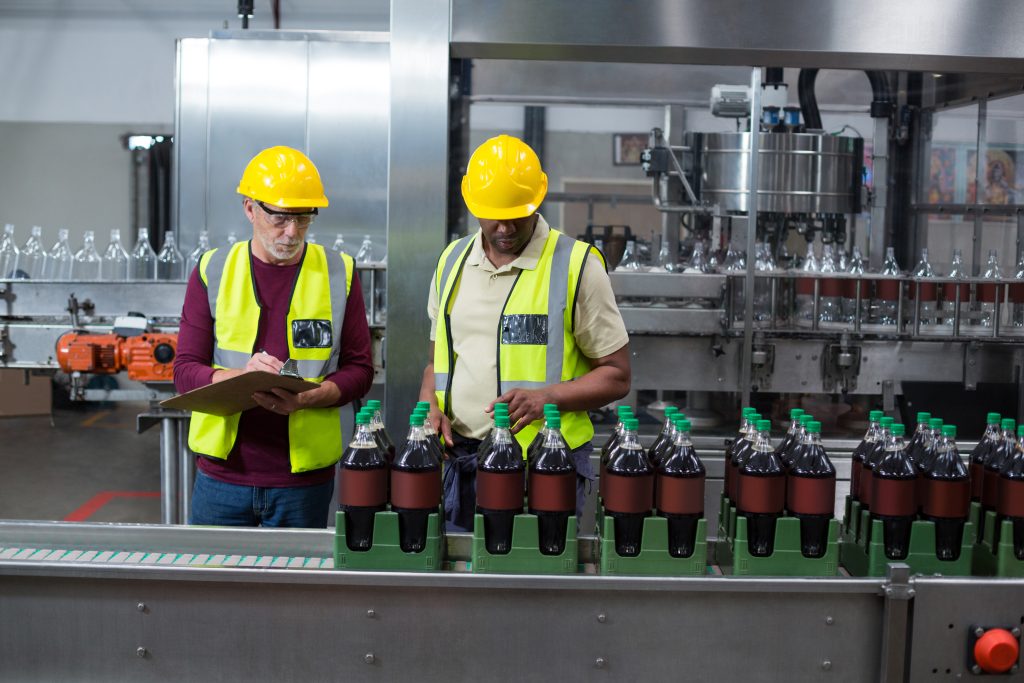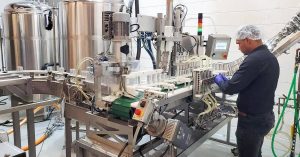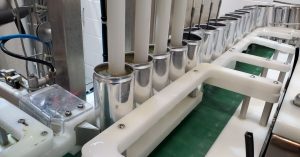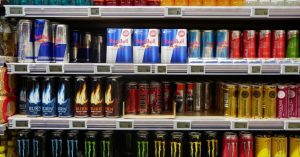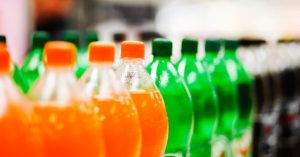Key Highlights
- The soft drink industry has a rich history, evolving from medicinal roots to a global phenomenon.
- Water quality, sweeteners, flavors, and preservatives are crucial raw materials in soft drink production.
- Production involves a meticulous process including water treatment, ingredient mixing, carbonation, and packaging.
- Innovations in flavor profiles, sweeteners, and packaging reflect evolving consumer preferences and industry advancements.
Introduction
The soft drink industry is a major player in the global beverage market, offering a wide range of flavors and formulations. From refreshing fruit flavors to creative new options, today’s soft drinks cater to a diverse consumer base. The process of creating these fizzy beverages is a fascinating journey, starting with raw materials and ending with the finished product.
Let’s dive into the details and uncover the steps involved in soft drink production.
The Evolution of Soft Drink Production
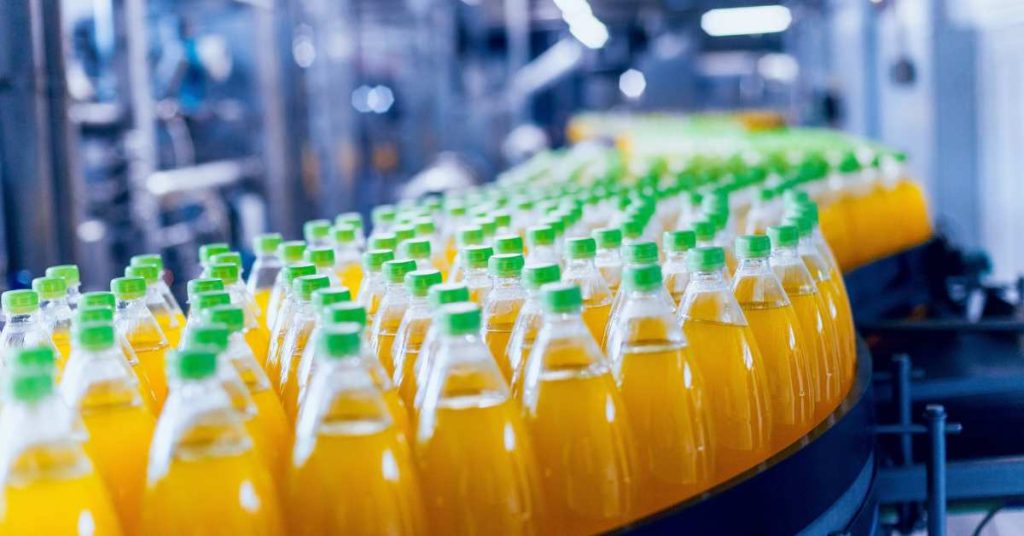
The history of soft drinks is an intriguing blend of accidental discoveries and entrepreneurial spirit. What began with a quest for health tonics transformed into a multi-billion dollar industry. From their humble beginnings in pharmacies to their modern-day presence, soft drinks have secured a permanent place in our culture.
The journey of soft drink production mirrors major technological advancements in manufacturing and packaging. As consumer preferences evolved, so did the formulas and varieties of soft drinks hitting the market.
Tracing Back to the Origins
The story of soft drinks began with a fascination for the supposed health benefits of naturally carbonated mineral waters. Europeans, in the late 1700s, believed these sparkling waters held therapeutic properties. Capitalizing on this belief, pharmacists began experimenting with adding natural flavors to these mineral waters.
Ginger ale, root beer, and cream soda emerged as early favorites, enjoyed for both their perceived health benefits and refreshing taste. Pharmacies, equipped with soda fountains, transformed into social hubs where people gathered to indulge in these novel beverages.
By the early 20th century, the focus shifted from medicinal benefits to refreshments. Pharmacists, inspired by ancient practices, introduced stimulants like coca leaves and cola nuts to their concoctions.
The Era of Industrialization and Mass Production
The surging popularity of carbonated soft drinks demanded efficient manufacturing processes capable of producing large quantities. The transition from manual production to automated machinery marked a significant turning point in the industry’s trajectory.
Breakthroughs like the invention of the crown cap in 1892 revolutionized the bottling process, allowing for efficient sealing of carbonated beverages. This innovation paved the way for mass production and distribution, bringing soft drinks to a much wider market.
With advancements in bottling technology, coupled with the rise of motor vehicles and vending machines, soft drinks moved beyond the soda fountain and into the hands of countless consumers. The industry’s growth story exemplifies the powerful synergy between technological innovation and consumer demand.
Key Ingredients in Soft Drinks
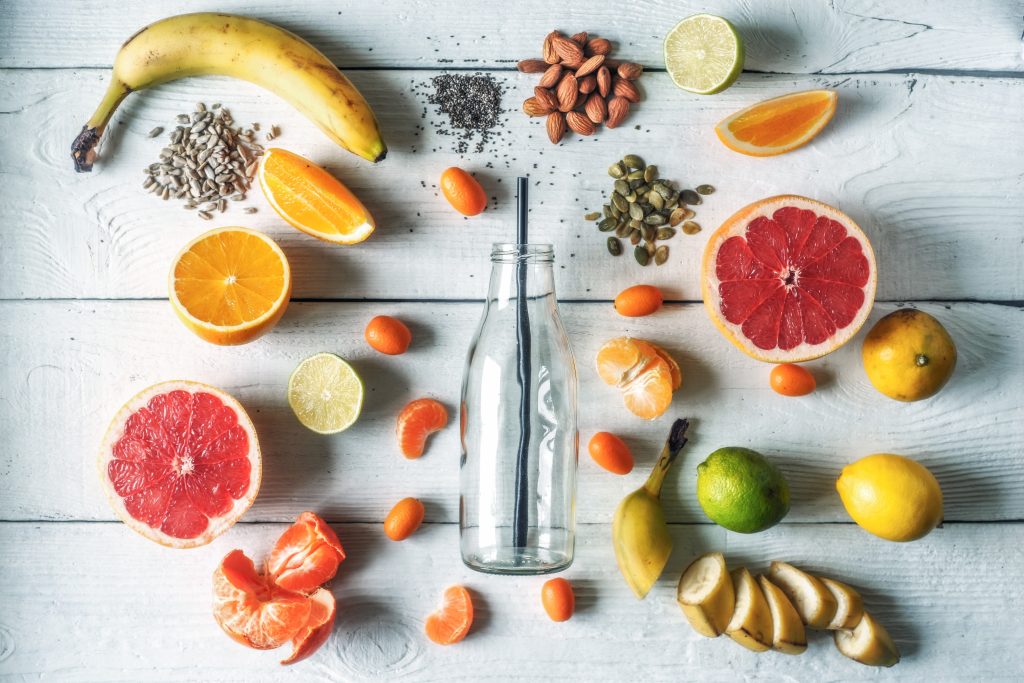
While a diverse array of ingredients can be found in various soft drinks, there’s a core set of components crucial to their creation. Carbonated water, forming the base of most soft drinks, provides the characteristic fizz and refreshing quality.
Sweeteners, flavorings, and preservatives round out the primary ingredients. Achieving the perfect balance of these components is key to creating a successful soft drink that not only quenches thirst but also tantalizes taste buds.
The Role of Water Quality
The foundation of any good soft drink lies in the quality of water used. Impurities can significantly impact the taste, color, and overall quality of the finished product. Thus, water treatment becomes a non-negotiable step in soft drink production.
The process often begins with filtration, removing suspended particles and impurities. Sand filters are commonly employed to capture fine particles, ensuring a crystal-clear base for the beverage. This meticulous attention to water quality underscores the importance of purity in creating a high-quality product.
While reminiscent of the historical significance of mineral waters in early soft drinks, modern production relies on purified water to create a neutral canvas for other ingredients to shine through. Stringent quality controls ensure consistency in taste and appearance across batches.
Sweeteners, Flavorings, and Preservatives
Sweeteners play a crucial role in creating the enjoyable taste profile of soft drinks. While sugar remains a popular choice, the industry has witnessed a surge in alternative sweeteners.
- Ascorbic Acid (Vitamin C): Acts as an antioxidant, preserving the color and flavor of the beverage.
- Natural Flavors: Derived from fruits, herbs, and spices, these ingredients provide the signature taste of various soft drinks.
- Alternative Sweeteners: Stevia, aspartame, and other sugar substitutes cater to the growing demand for low-calorie and sugar-free options.
Natural and artificial flavorings add another dimension to the sensory experience of soft drinks. These ingredients can mimic the taste of fruits, spices, or create unique flavor combinations. Preservatives, like ascorbic acid, help maintain freshness and extend the shelf life of the product.
The Soft Drink Manufacturing Process
The manufacturing process of soft drinks is a finely tuned symphony of procedures designed to transform raw materials into a refreshing and enjoyable beverage. From water treatment to packaging, each step plays a crucial role in creating a consistent and high-quality product.
Let’s break down the key stages of this process, exploring the intricacies involved in transforming simple ingredients into beloved beverages enjoyed around the world.
Ingredient Mixing Techniques
The journey from individual ingredients to the finished syrup is a carefully orchestrated process. Precise measurements and mixing techniques ensure consistency in flavor and quality across batches.
Fresh ingredients, like fruit juices or extracts, often undergo processing to eliminate any potential for spoilage. Heat exchangers may be utilized to gently heat and pasteurize these ingredients without compromising their flavor profiles.
The carefully crafted finished syrup, containing a blend of sweeteners, flavorings, and other additives, is then ready to be combined with treated water, marking the next stage in the production process.
Carbonation: Creating the Fizz
What truly sets soft drinks apart is their characteristic fizz, a result of the carbonation process. This stage involves infusing the beverage with carbon dioxide gas, creating the beloved bubbles.
Carbon dioxide is dissolved into the beverage under carefully controlled pressure and temperature conditions. The solubility of carbon dioxide increases as the temperature of the liquid decreases, adding a layer of complexity to the process.
While large-scale production typically utilizes specialized carbonation systems, the principle remains the same as using dry ice to carbonate a drink at home—infusing the beverage with carbon dioxide gas to create that satisfying effervescence.
Bottling and Packaging Innovations
Once the beverage is carbonated, it’s time for packaging. This crucial step ensures the product’s freshness, extends its shelf life, and provides branding opportunities.
| Packaging Type | Advantages | Considerations |
| Aluminum Cans | Lightweight, recyclable, excellent barrier properties | Can impact flavor for some beverages |
| Plastic Bottles | Versatile, lightweight, shatterproof | Recycling and environmental impact |
| Glass Bottles | Premium feel, recyclable, inert | Heavyweight, breakable |
The choice of packaging depends on various factors, including cost, product compatibility, and sustainability considerations. Regardless of the chosen container, the production process focuses on creating a hermetic seal to preserve carbonation and prevent contamination, extending the shelf life of the product.
Regulatory Landscape for Soft Drink Production
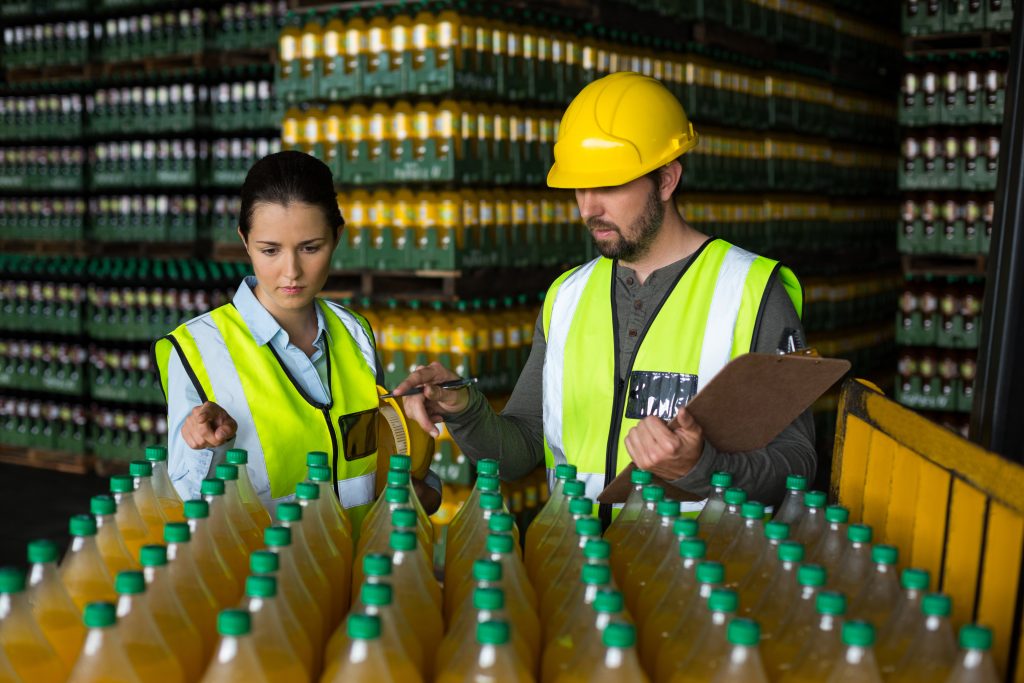
The soft drink industry operates under strict regulations to ensure the safety and quality of its products. Government agencies, such as the Food and Drug Administration (FDA) in the United States, set guidelines for manufacturing practices, labeling, and ingredient usage.
These regulations protect public health and maintain consumer trust. Adherence to these guidelines is not only a legal obligation but also a reflection of the industry’s commitment to providing safe and enjoyable beverages.
Food Safety and Quality Control Measures
Food safety stands as a top priority in soft drink production. Rigorous quality control measures are implemented throughout every stage, from ingredient sourcing to the final bottled product.
Manufacturers adhere to the Code of Federal Regulations, overseen by the FDA, which outlines standards for food processing and packaging. These regulations ensure the quality of water used, the safety of additives, and the overall hygiene of production facilities.
Regular testing and inspections are conducted to monitor for any potential contaminants, ensuring a product that meets the highest food safety standards, giving consumers peace of mind.
Environmental Regulations and Sustainability Efforts
Growing concerns about the environment have driven a surge in sustainability efforts within the soft drink industry. Beverage brands actively seek ways to reduce their environmental footprint, from responsible sourcing of raw materials to exploring eco-friendly packaging solutions.
Many companies invest in research and development focusing on reducing water consumption during production and minimizing waste generation. Recycling initiatives are also ramped up, encouraging consumers to participate in creating a closed-loop system.
These sustainability efforts reflect a broader shift in the industry towards more environmentally responsible practices. As consumers become increasingly eco-conscious, brands that prioritize sustainability are likely to gain a competitive edge.
Cheers!
The production of soft drinks is a fascinating journey that blends tradition with modern innovation. Understanding the crucial role of water quality, sweeteners, and carbonation techniques helps to reveal the complexities behind creating those refreshing beverages.
With a strong focus on regulatory standards and sustainability practices, the soft drink industry continues to evolve.
If you’re ready to start your soft drink production journey, get in touch with us today.


